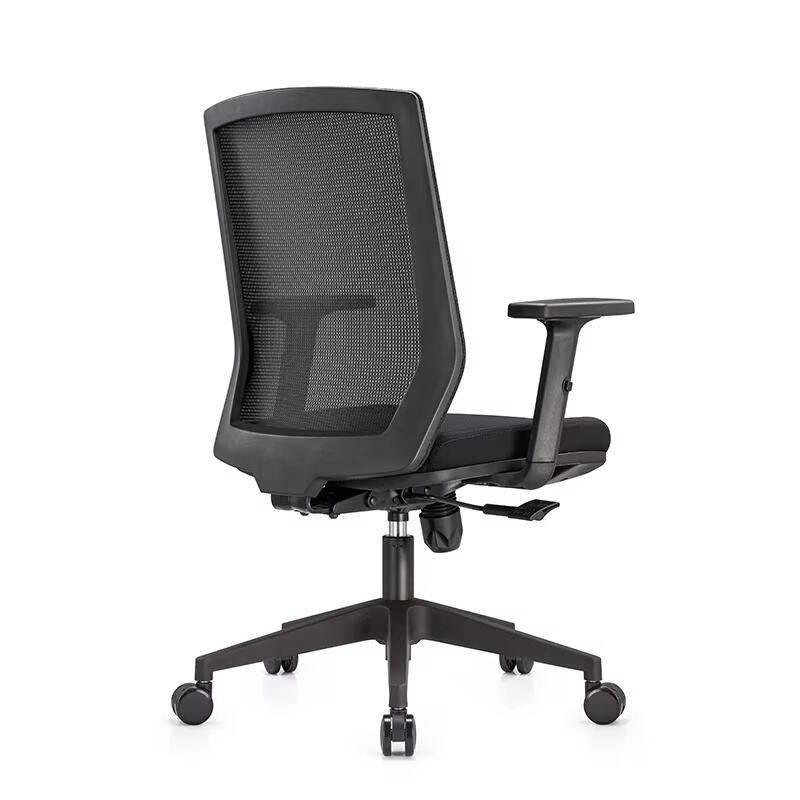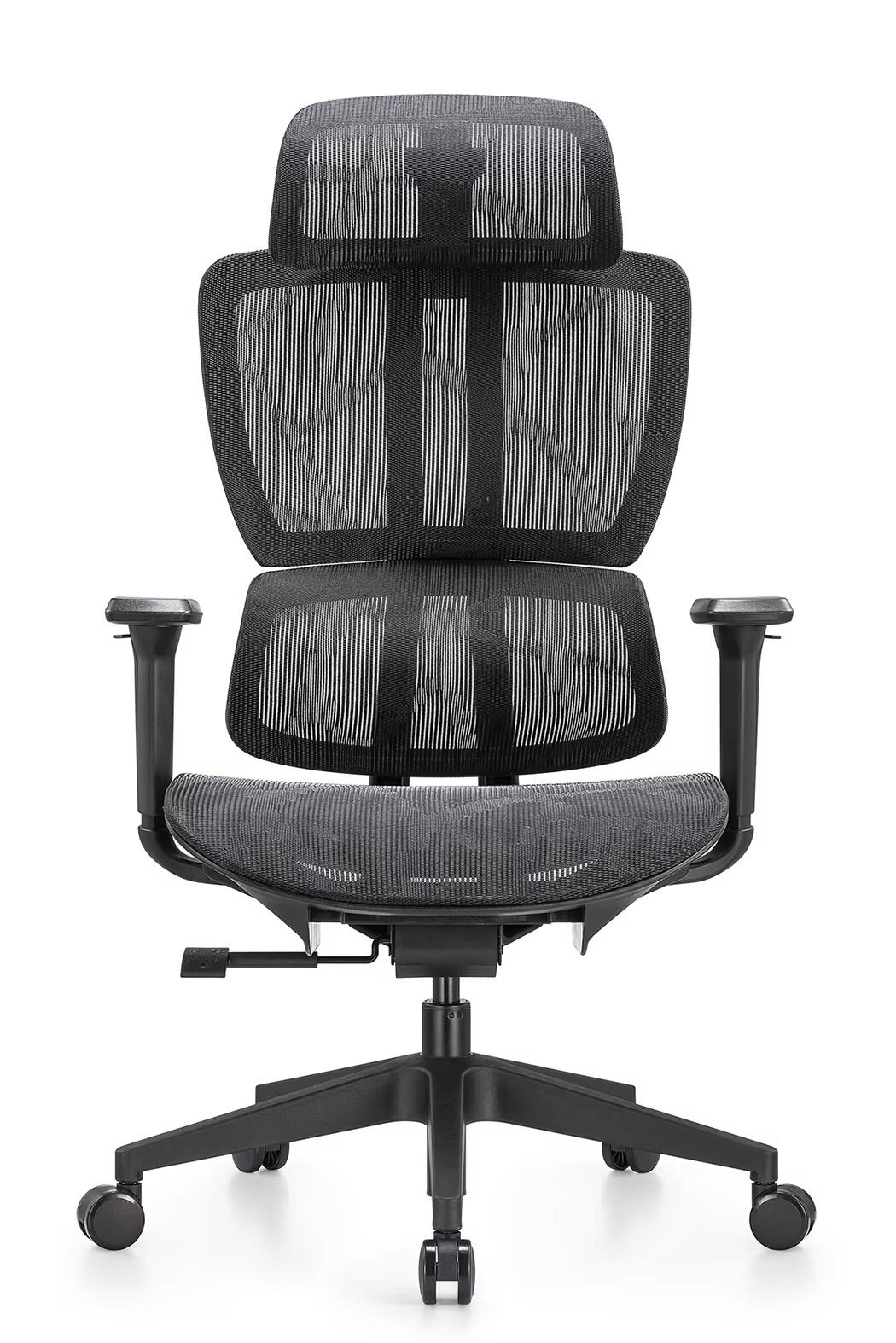
L'évolution de l'excellence ergonomique dans le siège de bureau
Le lieu de travail moderne a connu une transformation remarquable, et au cœur de ce changement se trouve le rôle essentiel des fabricants de chaises de bureau dans la création de solutions de sièges qui privilégient la santé et le confort humain. Ces fabricants ont révolutionné notre manière de concevoir le mobilier de bureau, dépassant largement les chaises basiques pour développer des systèmes ergonomiques sophistiqués qui soutiennent le corps humain tout au long de la journée de travail.
D'aujourd'hui chaise de bureau les fabricants combinent ingénierie avancée, recherches médicales et principes de conception innovants afin de créer des solutions de sièges répondant à des normes ergonomiques strictes. Cet engagement en faveur de l'excellence est devenu de plus en plus important alors que le bien-être au travail prend une place centrale dans la culture d'entreprise.
Processus de recherche et développement dans la fabrication de chaises
Études scientifiques et analyse biomécanique
Les principaux fabricants de chaises de bureau investissent massivement dans des installations de recherche où ils mènent des études approfondies sur la posture humaine, les schémas de mouvement et les comportements assis. Ces centres de recherche emploient des ingénieurs biomécaniciens, des ergonomes et des professionnels médicaux qui collaborent pour comprendre la relation complexe entre le siège et la physiologie humaine.
Grâce à la technologie de capture de mouvement et à des systèmes de cartographie de pression, les fabricants analysent la manière dont différents types de corps interagissent avec diverses conceptions de chaises. Ces données orientent le développement de nouveaux prototypes et l'amélioration des modèles existants, en garantissant que chaque chaise offre un soutien optimal à une grande diversité d'utilisateurs.
Innovation et tests des matériaux
La sélection et le développement des matériaux jouent un rôle crucial dans le respect des normes ergonomiques. Les fabricants de chaises de bureau collaborent avec des spécialistes des matériaux afin de créer des tissus et des mousses offrant un équilibre parfait entre soutien et confort. Ces matériaux font l'objet de tests rigoureux évaluant leur durabilité, leur respirabilité et la répartition des pressions.
Des installations de test avancées simulent des années d'utilisation en des délais réduits, garantissant que les chaises conservent leurs propriétés ergonomiques tout au long de leur durée de vie prévue. Cela inclut des tests de capacité de charge, de résistance à l'usure et de maintien d'un soutien adéquat dans diverses conditions environnementales.
Normes de fabrication et contrôle qualité
Conformité avec les normes internationales
Les fabricants de chaises de bureau doivent respecter des normes ergonomiques internationales strictes, notamment les directives ANSI/BIFMA et les certifications ISO. Ces normes précisent les exigences relatives aux dimensions, aux plages de réglage et aux caractéristiques de sécurité. Les installations de fabrication conservent une documentation détaillée des tests de conformité et subissent régulièrement des audits tiers afin de vérifier le respect de ces normes.
Les équipes de contrôle qualité interviennent tout au long du processus de production pour s'assurer que chaque composant respecte les tolérances spécifiées. Cela inclut la vérification de la fluidité des mécanismes de réglage, de la stabilité de la base et du bon fonctionnement de toutes les caractéristiques ergonomiques.
Contrôle qualité en ligne de production
Les installations de fabrication modernes utilisent des systèmes de contrôle qualité sophistiqués qui surveillent chaque étape de la production. Des postes de test automatisés vérifient le bon fonctionnement des mécanismes de réglage, tandis que des inspecteurs qualifiés effectuent des contrôles manuels de la qualité d'assemblage et des finitions.
Chaque chaise fait l'objet de plusieurs points de contrôle avant d'être approuvée pour l'expédition. Cette approche systématique aide les fabricants de chaises de bureau à maintenir une qualité constante et à garantir que chaque chaise respecte leurs normes ergonomiques établies.

Caractéristiques ergonomiques et réglages
Éléments ergonomiques essentiels
Les chaises de bureau modernes intègrent de nombreuses fonctions réglables qui permettent aux utilisateurs d'ajuster leur position assise. Celles-ci incluent généralement le réglage de la hauteur du siège, l'inclinaison du dossier, le soutien lombaire et le positionnement des accoudoirs. Les fabricants de chaises de bureau conçoivent ces éléments pour qu'ils fonctionnent en harmonie, offrant ainsi une expérience d'assise adaptée aux différents types de morphologie et aux styles de travail individuels.
Les caractéristiques ergonomiques avancées comprennent souvent des mécanismes d'inclinaison synchronisés, un réglage de la profondeur du siège et des systèmes dynamiques de soutien lombaire. Ces fonctions sont soigneusement conçues pour favoriser une posture correcte et réduire le risque de troubles musculosquelettiques.
Options de personnalisation
Sachant qu'une taille unique ne convient pas à tous, les fabricants de chaises de bureau proposent souvent plusieurs options de tailles et des caractéristiques personnalisables. Cela peut inclure différentes tailles de base, hauteurs de cylindre et styles de accoudoirs afin de s'adapter à divers types morphologiques et environnements de travail.
La possibilité de personnaliser les chaises s'étend également aux choix esthétiques, les fabricants offrant diverses options de rembourrage qui conservent les propriétés ergonomiques tout en répondant aux préférences de design.
Éducation et support utilisateur
Ressources de formation
Les principaux fabricants de chaises de bureau reconnaissent que l'utilisation correcte est essentielle pour bénéficier pleinement des avantages ergonomiques. Ils conçoivent des supports de formation complets, incluant des vidéos, des guides et des outils interactifs, afin d'aider les utilisateurs à comprendre comment régler et utiliser correctement leurs chaises.
De nombreux fabricants proposent également des sessions de formation sur site et des évaluations ergonomiques afin de garantir que les utilisateurs tirent le meilleur parti des fonctionnalités ergonomiques de leur chaise.
Support après-vente
Le maintien de l'intégrité ergonomique au fil du temps nécessite un soutien continu. Les fabricants de chaises de bureau proposent généralement des garanties étendues et des programmes d'entretien afin de s'assurer que les chaises continuent d'offrir un soutien ergonomique adéquat tout au long de leur cycle de vie.
Les techniciens de service sont formés pour identifier et résoudre les problèmes pouvant compromettre la performance ergonomique, que ce soit l'entretien des mécanismes de réglage ou le remplacement de la sellerie.
Questions fréquemment posées
Quelles certifications dois-je rechercher lors du choix d'une chaise de bureau ergonomique ?
Recherchez des chaises certifiées par le BIFMA (Business and Institutional Furniture Manufacturers Association) et conformes aux normes ergonomiques ISO. Ces certifications garantissent que la chaise répond à des critères établis en matière de sécurité et de performance pour le mobilier de bureau.
À quelle fréquence faut-il remplacer les chaises de bureau pour conserver les avantages ergonomiques ?
Les chaises de bureau de qualité provenant de fabricants réputés conservent généralement leurs propriétés ergonomiques pendant 7 à 10 ans avec un entretien approprié. Toutefois, les environnements à usage intensif peuvent nécessiter des remplacements plus fréquents afin d'assurer un soutien ergonomique optimal.
Quel rôle le choix des matériaux joue-t-il dans la performance ergonomique ?
Les matériaux influencent considérablement la performance ergonomique par leur capacité à répartir la pression, offrir un soutien et maintenir le confort pendant de longues périodes. Les fabricants de chaises de bureau de qualité sélectionnent des matériaux offrant une résistance optimale à la compression, une bonne respirabilité et une grande durabilité, tout en favorisant une posture correcte.
Comment les fabricants testent-ils les chaises pour différents types morphologiques ?
Les fabricants utilisent des données anthropométriques et effectuent des tests approfondis avec des personnes de tailles, poids et proportions corporelles variés. Cela inclut la cartographie de la pression, l'analyse du mouvement et des études sur le confort à long terme afin de garantir que les chaises s'adaptent efficacement à un large éventail d'utilisateurs.











